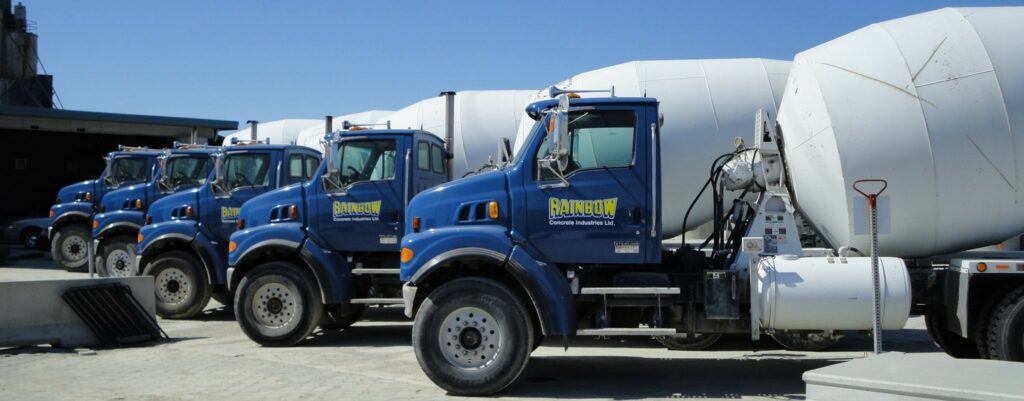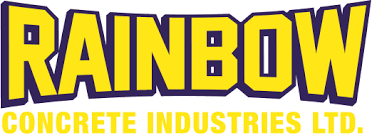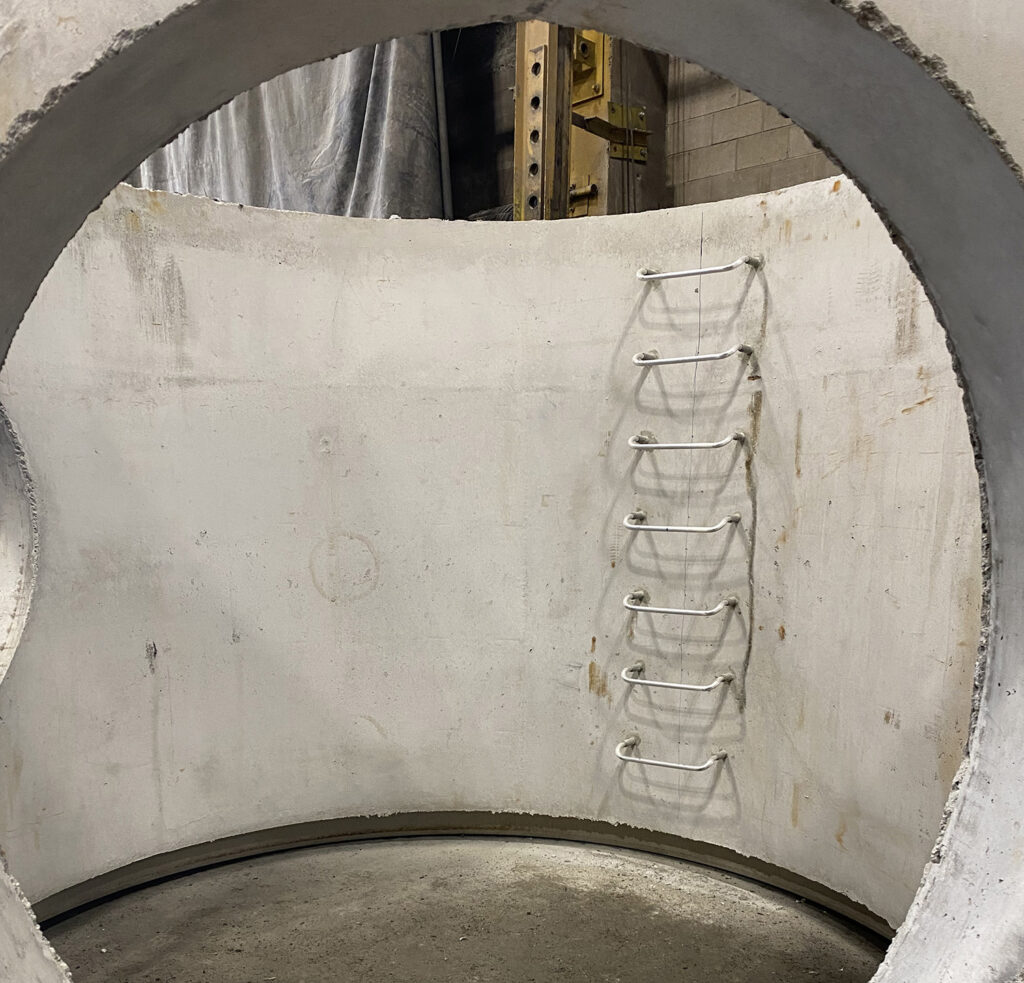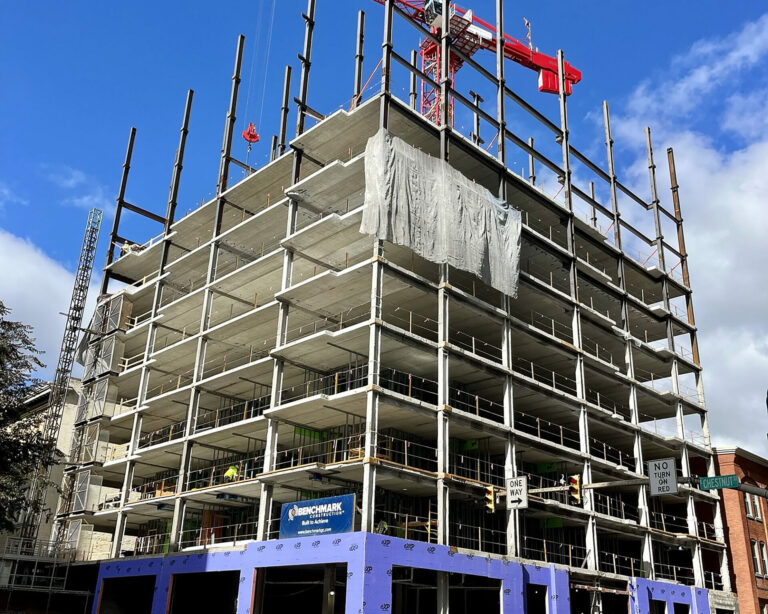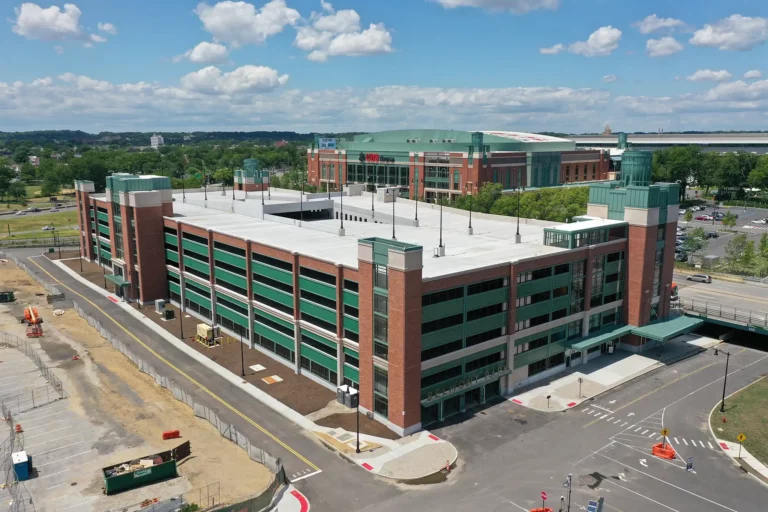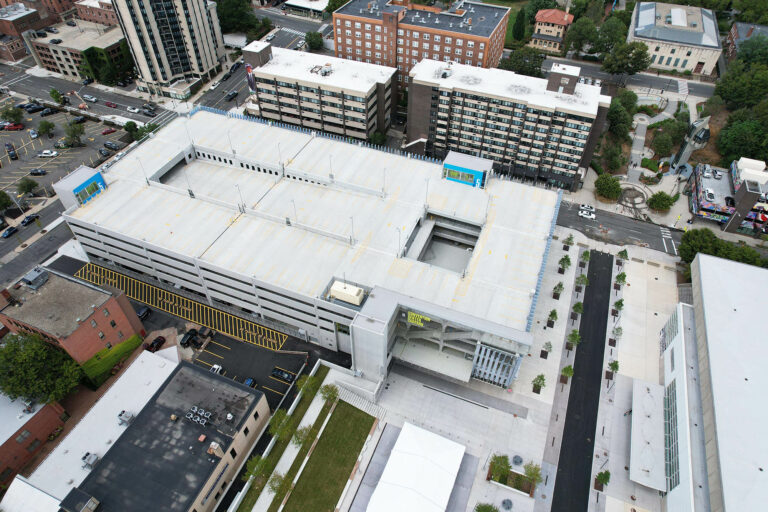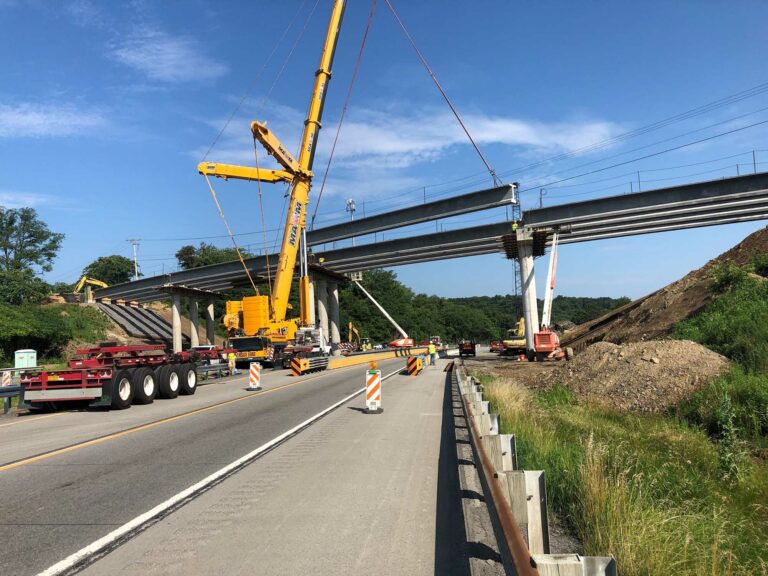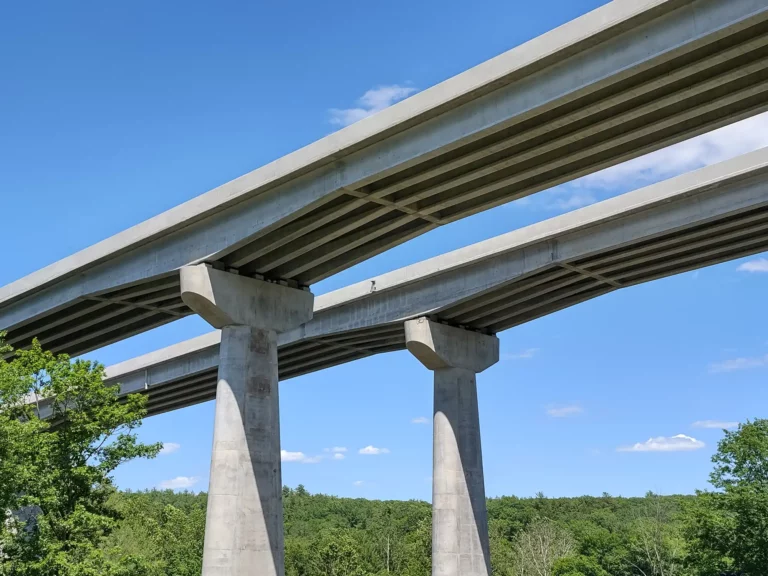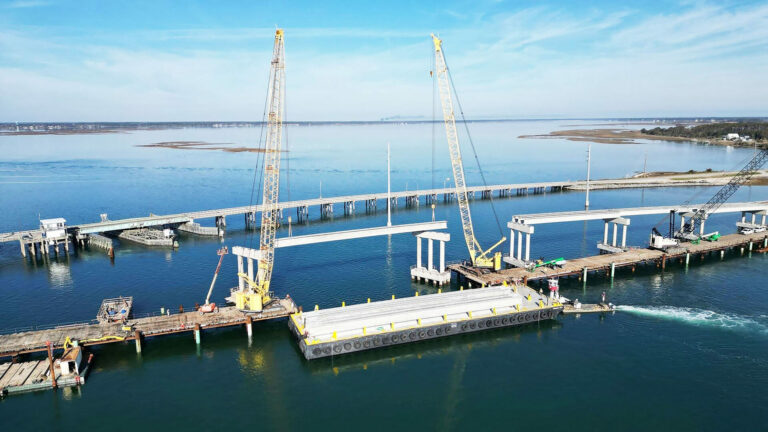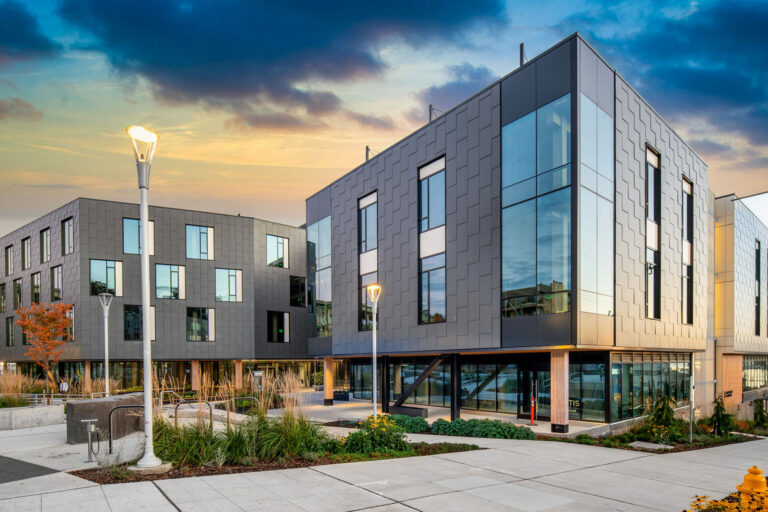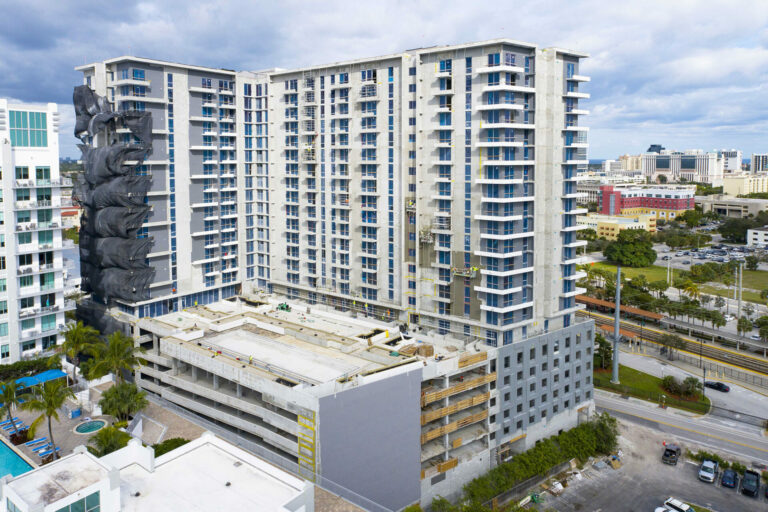The name Rainbow Concrete might strike the casual reader as something of a contradiction in terms. Rainbows always seem to be a colorful source of wonder when they appear. Meanwhile, “concrete”, for many, conjures up images of gray toned thoroughfares and solid, perhaps even stolid, structures. Yet this composite is also responsible for some of the most ambitious and fantastical shapes of modernist architecture, belying the fact that in its most fundamental form, it has been with us for a very long time. The great dome of Rome’s Pantheon is a longstanding testament to this ancient material.
“Well, I gotta tell you, it’s not that old,” says Boris Naneff, President of the Ontario-based Rainbow Concrete, emphasizing constant development in the industry. “We do things with concrete now that you couldn’t do even ten years ago.” By way of example, he describes self-consolidating concrete (SCC), which doesn’t segregate or need vibration, and in terms of filling forms, “runs like water.” This image nicely parallels the analogy of the flowing river: something which is enduring and constant, yet ever new and always changing.
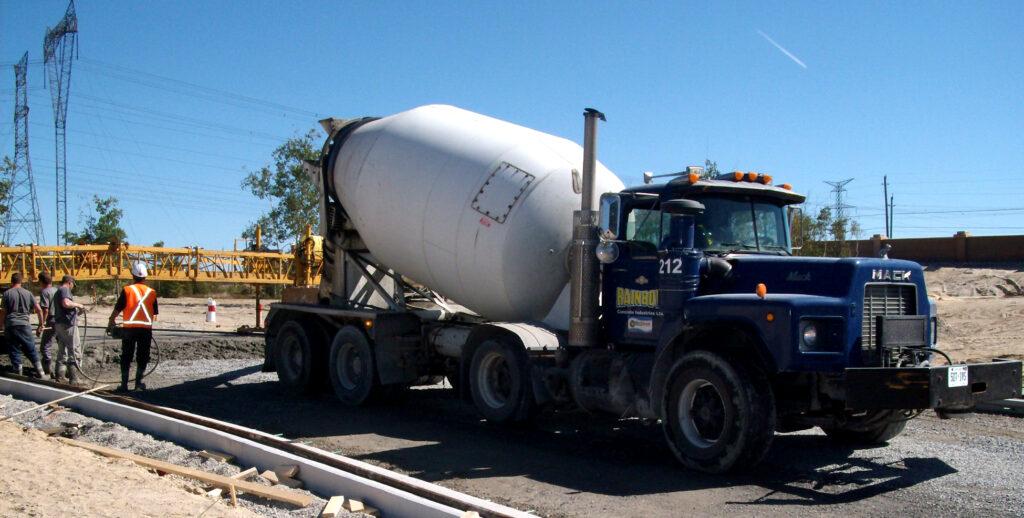
Naneff himself is following in his father’s footsteps, continuing the journey Nick Naneff began even before he founded the company in the early 1950s. As an adventurous young man, he had immigrated to Canada via Germany, after his Bulgarian homeland fell under Soviet rule. The university graduate, educated at Karlsruhe, spoke six languages, but not much English when he first arrived in Ontario. A few odd jobs later and some years working in the Sudbury mines, he began his own business with the purchase of his first concrete block machine. It had the capacity to produce colored bricks, which were popular for housing at the time, and while the company evolved, the name Rainbow Concrete stuck, eventually becoming Rainbow Concrete Industries. As labels go, it’s a catchy one.
“We are a full spectrum concrete products manufacturer,” says Naneff, embracing the colorful metaphor, as he lists the range of offerings: “It starts with manufacturing our own aggregate mostly. And then we are in the ready-mix business, the block business, the landscape products business, the pipe business, the precast business, the pre-stressed business and the package materials business. We do custom precasting as well. So if we have a customer that needs something special, we make it according to their needs.”
“We are a full spectrum concrete products manufacturer.”
Location has influenced Rainbow’s development. Sudbury, about four hours north of Toronto, is one of a number of small cities in the region. Serving a large geographical area with a relatively small population led the company to diversify and become more multi-faceted, though still within the realm of concrete. There is also something of the founder’s intrepid spirit in the presence of a concrete testing lab, which hosts ongoing research projects. Although Naneff describes the lab as something of an “aside” to the main bread-and-butter offerings, it seems quite consistent with the company culture and reflective of his interests in innovation.
After the birth of his first child 18 years ago, he found his overall perspective changing: “I started looking beyond my lifetime, and more towards the future and the planet,” he says of his growing awareness of environmental issues and the need for responsibility within the industry. He connected with like-minded people working on sustainable, carbon neutral building models and engaged them to utilize Rainbow products which would meet LEED (Leadership in Energy and Environmental Design) requirements. Moving further into collaboration, they collectively focused their attention on how to harness energy which is otherwise wasted, culminating in the development of the technology for the @Source Energy system.
The @Source Energy pipe is a precast concrete pipe for sewage or stormwater, which converts its contents into an energy source. It does this through a heat extraction system embedded in the pipe wall, and can also extract heat from the surrounding ground. This heat can be stored and used by the same source building the sewage came from. It can also be converted to energy via a thermal battery and work in reverse: to power air conditioning in hot weather. This process occurs without interference to the flow of waste passing through the pipe. Wastewater infrastructure usually falls under the category of capital expenditure in municipal budgets. The @Source Energy system, however, has the potential for revenue generation and Naneff calculates that one would pay for its own installation costs within seven years. He contrasts this with natural gas supply pipelines, which would have an anticipated payback timeline of approximately 40 years.
“This is a structure and now the structure can actually become an energy source,” says Naneff, with evident pride in a product that performs real alchemy: transforming sewage into gold. The present moment seems right for it, with the current mood in Canada and the United States more environmentally concerned than ever before. Renewable Resource Recovery Corp (the company which owns the technology, of which Naneff is also President) was recently invited by New York State to present the system at an event attended by its cities. One of the cities has expressed serious interest and talks have begun. Early discussions have also taken place with a European engineering firm, and just the day before we speak, there had been a call from Australia.
“The world is finally starting to recognize it,” says Naneff, thinking back to how excited the team was about the technology when they first created it. They were equally surprised that it didn’t take off quicker, as the benefits were so obvious to them. Without dwelling on it too much, he feels that there are a lot of misconceptions about concrete in the marketplace, which have been fed into by the lobbying of a wood industry eager to fell and sell trees. This lobby often downplays the greenhouse gases emitted during harvesting, for example. Naneff would rather see the forests protected and appreciated for their natural role in the ecosystem. “Preserve the trees, let them build oxygen for our planet, and build with concrete. Concrete is literally a more sustainable building material from the lifecycle perspective, from start to finish.”
He’s right about the trees. Don’t they work hard enough already? And what about rainbows? Naneff is a lively interview subject, as enthusiastic to share information and anecdotes as he is curious to hear about how things are where I am, which incidentally is in Germany, where his father went to university. It’s also a country which has expressed interest in @Source Energy. Sometimes the world is not such a big place. Over the course of a wide-ranging conversation between the continents of America and Europe, exchanging immigrant stories and bright ideas for better building, I find myself wishing that more companies would adopt such playful and memorable trading names as Rainbow Concrete. Name checking such things everyday might work in the same way as uttering positive affirmations, based on what we associate rainbows with: good luck, hope and silver linings. Maybe even a little bit of magic? As technology keeps evolving, what one generation calls alchemy becomes a mere matter of chemistry to those who come next.









